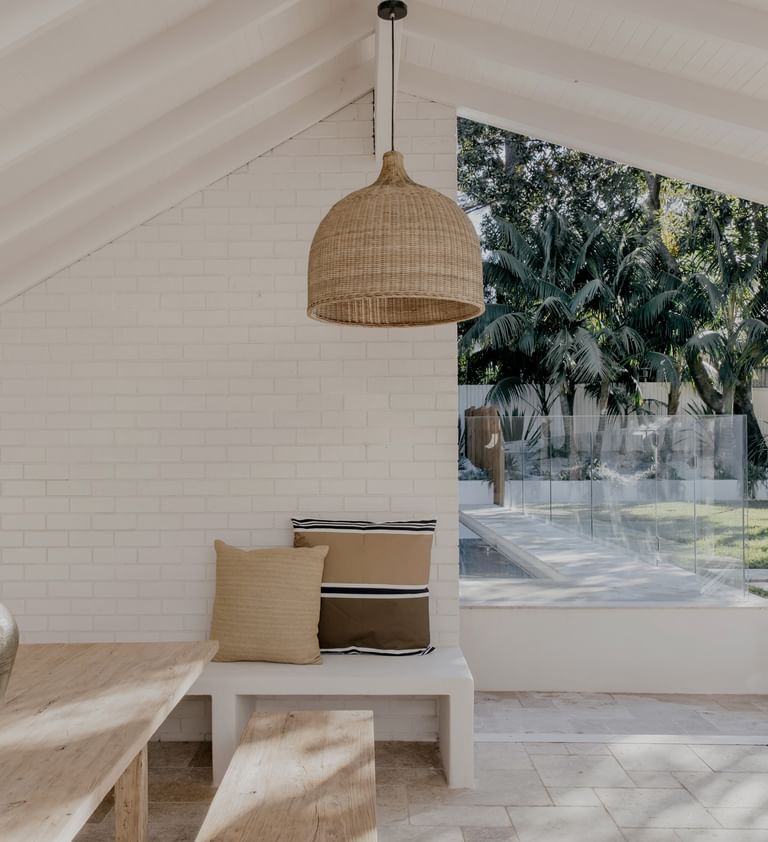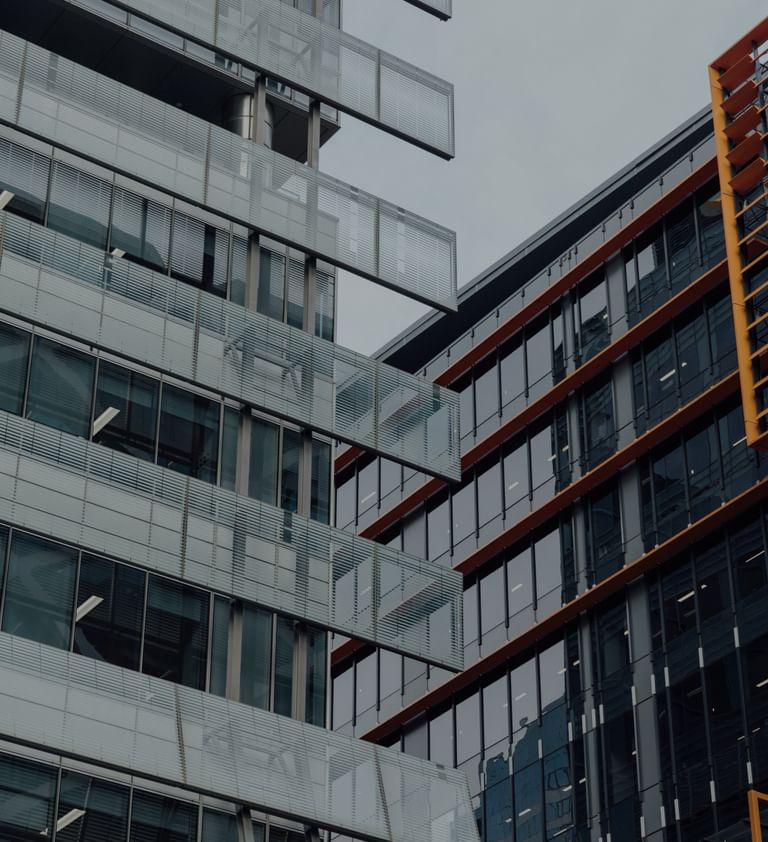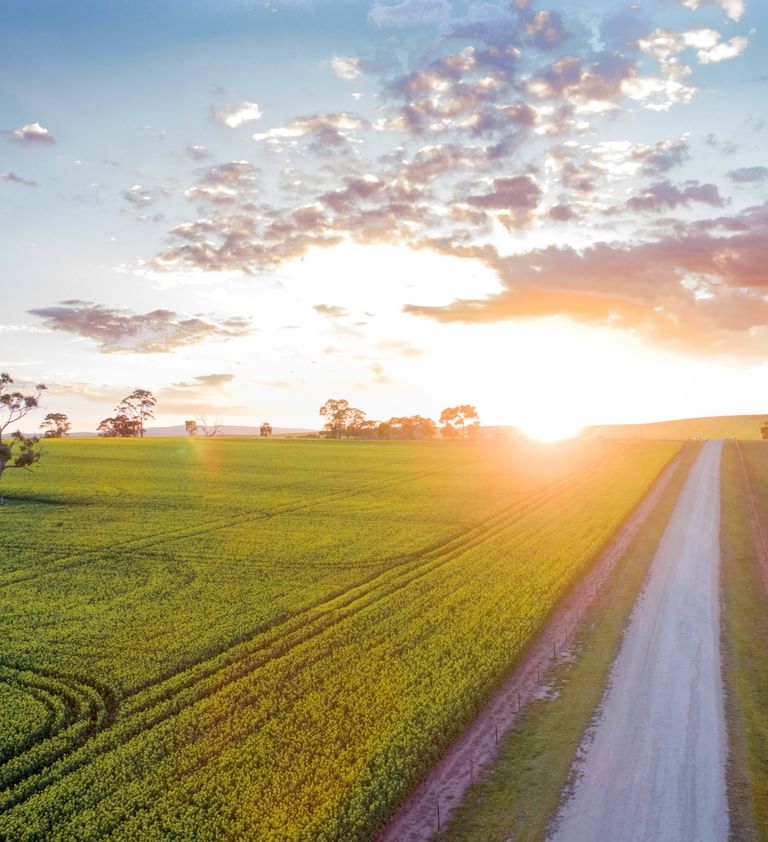What drives some suburbs to see more homes knocked down? In most areas, the main driver is people wanting nicer homes. In these suburbs, the blocks are large, the areas have become more desirable over time and the homes may be rundown or of a type that is no longer so popular. Increasingly however, homes are being knocked down to develop higher densities. Increasing housing supply is the best way to improve affordability and this push to higher density in established suburbs will play a greater role in reshaping Australia’s suburbs over the next five years. Regardless of the reason, at a suburb level, higher levels of knockdowns generally leads to higher levels of price growth.
Methodology
This analysis combines data from the Australian Bureau of Statistics on building approvals for demolitions between 2019 and 2024, along with property price data from Neoval tracking five-year growth periods ending April 2025. The research examines demolition patterns at both city-wide and Statistical Area Level 2 (SA2) geographic divisions to identify local trends. Properties were classified as knockdowns where approval was granted for demolition of an existing dwelling. The correlation between knockdown activity and price growth was assessed using scatter plot analysis to determine whether areas with higher demolition rates experienced stronger price appreciation.
Melbourne leads the knockdown revolution
Melbourne tops the list with 34,490 houses approved for demolition between 2019 and 2024, narrowly surpassing Sydney's 32,578. The scale drops significantly for other capitals, with Brisbane recording 11,135 knockdowns, Perth 9,327, and Adelaide 5,316. Smaller capitals show considerably fewer demolitions, with Canberra at 1,769, Hobart at just 498, and Darwin trailing with only 175 homes removed.










